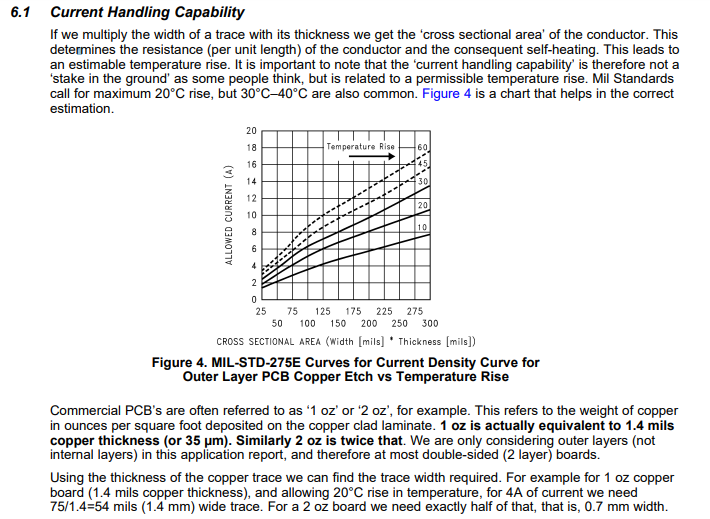Other Parts Discussed in Thread: TPS62913
Hello TI support,
I am thinking to use TPS62912 to get an precise supply voltage. I see from the data sheet that two LC filters would offer good ripple free DC. In my case I will have two boards one is power and the other one board should be powered by it. The data sheet suggests to put the second LC close to the load. It appears that I have to put this second LC close to the connector pin that connects the two boards as there is no space on the second board. I assume it should still work. I am wondering how in this case the placement of the first LC. Can I put the inductor in a distance from the converter? If I am using single LC filter, should I place output caps close to the load and the inductor next to the SW pin or should I move the both close to the load?
Thanks for your support
Olonbayar


